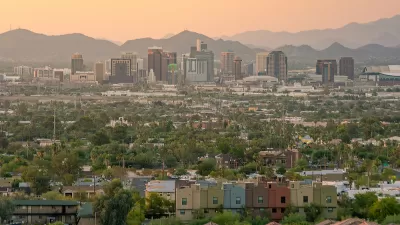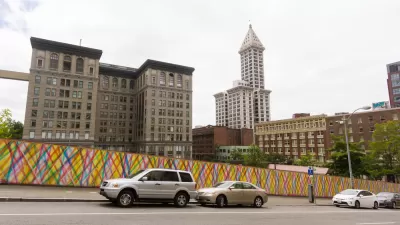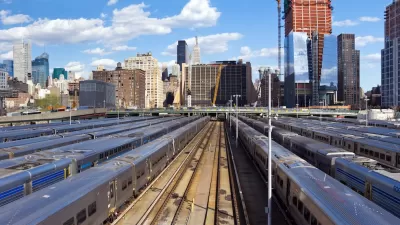More evidence that parking flexibility is key to housing abundance.

Making parking fully flexible could unlock more new homes than other land use reforms combined, according to new research out of Colorado that modeled how multiple policies would impact economic feasibility for new housing projects.
The findings add to a growing body of evidence that making off-street parking optional is a small policy change that can lead to an abundance of new homes. Even though all the buildings modeled in the analysis voluntarily included parking, allowing homebuilders to create less parking made the biggest difference. In fact, building at lower home-to-parking-space ratios than what Colorado cities currently require could result in 40 to 70 percent more homes than are feasible to build today, the study found.

“Requiring more parking than the market demands leads to inefficient outcomes,” researcher Ian Carlton explained. “Excess parking takes up space in buildings that could otherwise be housing, adds costs that are seldom offset by revenues, and can determine whether certain types of housing projects fit on sites of various sizes. [Real estate modeling group] MapCraft’s pro forma evaluations capture all three of these factors.”
Compared to other zoning reforms such as legalizing ADUs or increasing building heights near transit, parking reform proved to be two to three times more effective at boosting housing supply.
FULL STORY: Parking Reform Alone Can Boost Homebuilding by 40 to 70 Percent

Trump Administration Could Effectively End Housing Voucher Program
Federal officials are eyeing major cuts to the Section 8 program that helps millions of low-income households pay rent.

Planetizen Federal Action Tracker
A weekly monitor of how Trump’s orders and actions are impacting planners and planning in America.

The 120 Year Old Tiny Home Villages That Sheltered San Francisco’s Earthquake Refugees
More than a century ago, San Francisco mobilized to house thousands of residents displaced by the 1906 earthquake. Could their strategy offer a model for the present?

Alabama School Forestry Initiative Brings Trees to Schoolyards
Trees can improve physical and mental health for students and commnity members.

NYC Outdoor Dining Could Get a Re-Do
The city council is considering making the al fresco dining program year-round to address cost concerns from small businesses.

HSR Reaches Key Settlement in Northern California City
The state’s high-speed rail authority reached an agreement with Millbrae, a key city on the train’s proposed route to San Francisco.
Urban Design for Planners 1: Software Tools
This six-course series explores essential urban design concepts using open source software and equips planners with the tools they need to participate fully in the urban design process.
Planning for Universal Design
Learn the tools for implementing Universal Design in planning regulations.
Ada County Highway District
Clanton & Associates, Inc.
Jessamine County Fiscal Court
Institute for Housing and Urban Development Studies (IHS)
City of Grandview
Harvard GSD Executive Education
Toledo-Lucas County Plan Commissions
Salt Lake City
NYU Wagner Graduate School of Public Service





























